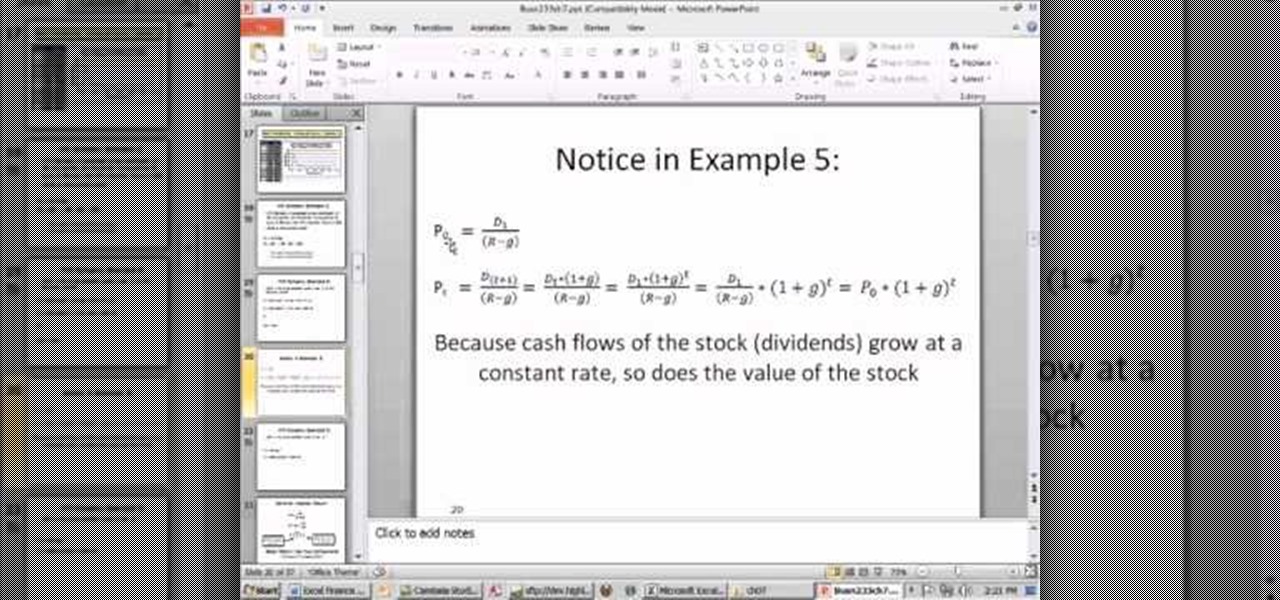



If D > D U, no correlation exists if D D U, no correlation exists if (4 – D) Regression > Regression > Fit Regression Model, click Results, and check Durbin-Watson statistic. To get a conclusion from the test, you can compare the displayed value for the Durbin-Watson statistic with the correct lower and upper bounds in the following table from Savin and White 1. The Durbin-Watson statistic determines whether or not the correlation between adjacent error terms is zero. Minitab assumes that the observations are in a meaningful order, such as time order. We can calculate the autocorrelation at lag k 3 by changing the range of values in the formula: (SUMPRODUCT (B2:B13-AVERAGE (B2:B16), B5:B16-AVERAGE (B2:B16))/COUNT (B2:B16))/VAR.P (B2:B16) This results in a value of 0.49105. The Durbin-Watson statistic (D) is conditioned on the order of the observations (rows). The partial autocorrelations can be calculated as in the following alternative definition. Underestimated standard errors can make your predictors seem to be significant when they are not.įor example, the errors from a regression model on daily stock price data might depend on the preceding observation because one day's stock price affects the next day's price. If the errors are correlated, then least-squares regression can underestimate the standard error of the coefficients. Autocorrelation means that the errors of adjacent observations are correlated. use new methods to calculate Getis-Ords indexes step by step using MS Excel. That is, its application involves using it to determine if the data are from a random process. Sophos, Anti Virus, This product is being retired and Fsecure should. It is used to identify non-randomness in the presented data. Use the Durbin-Watson statistic to test for the presence of autocorrelation in the errors of a regression model. This paper is devoted to integrating spatial autocorrelation analysis and. Share them via your favorite applications.


 0 kommentar(er)
0 kommentar(er)
